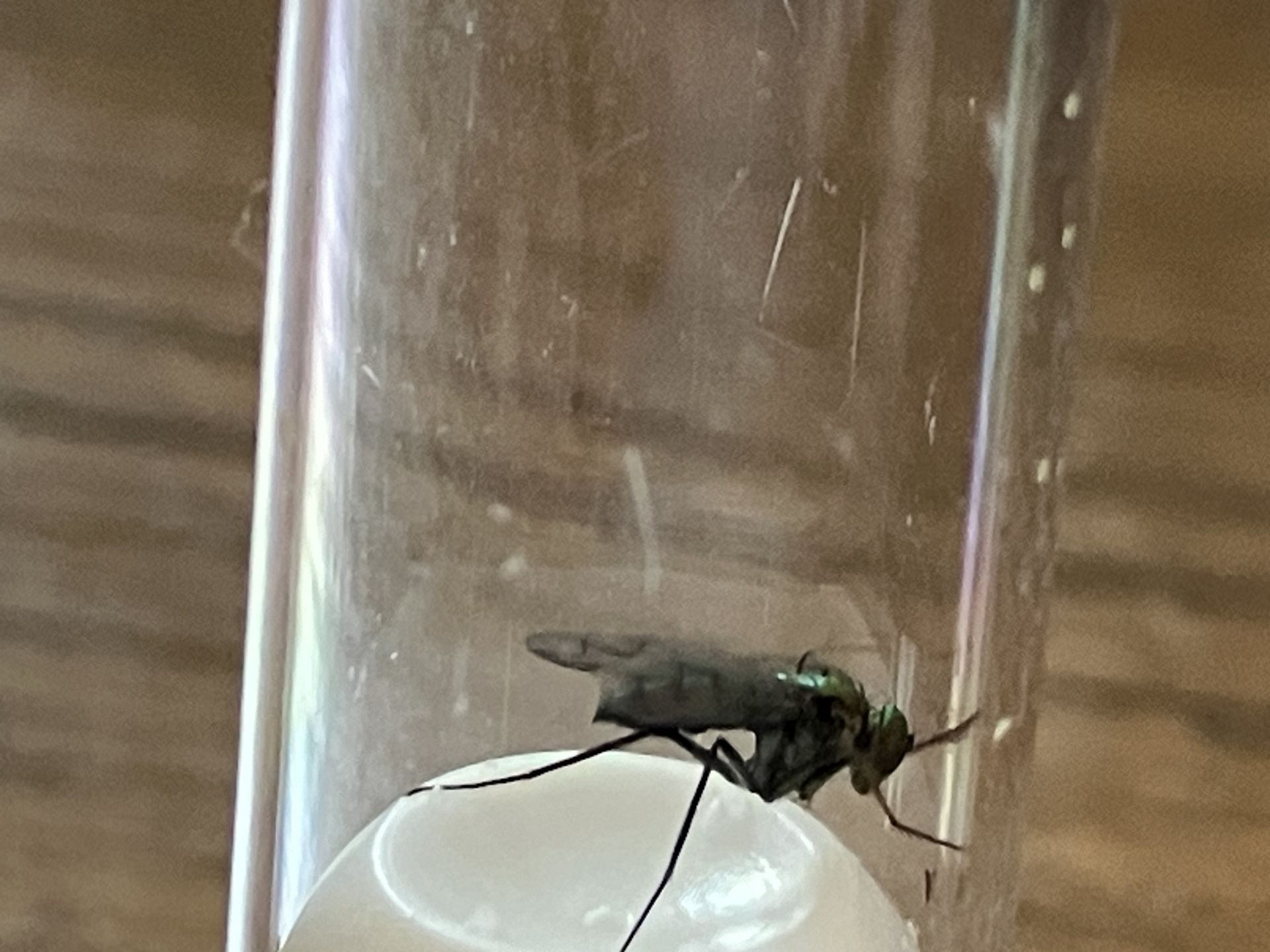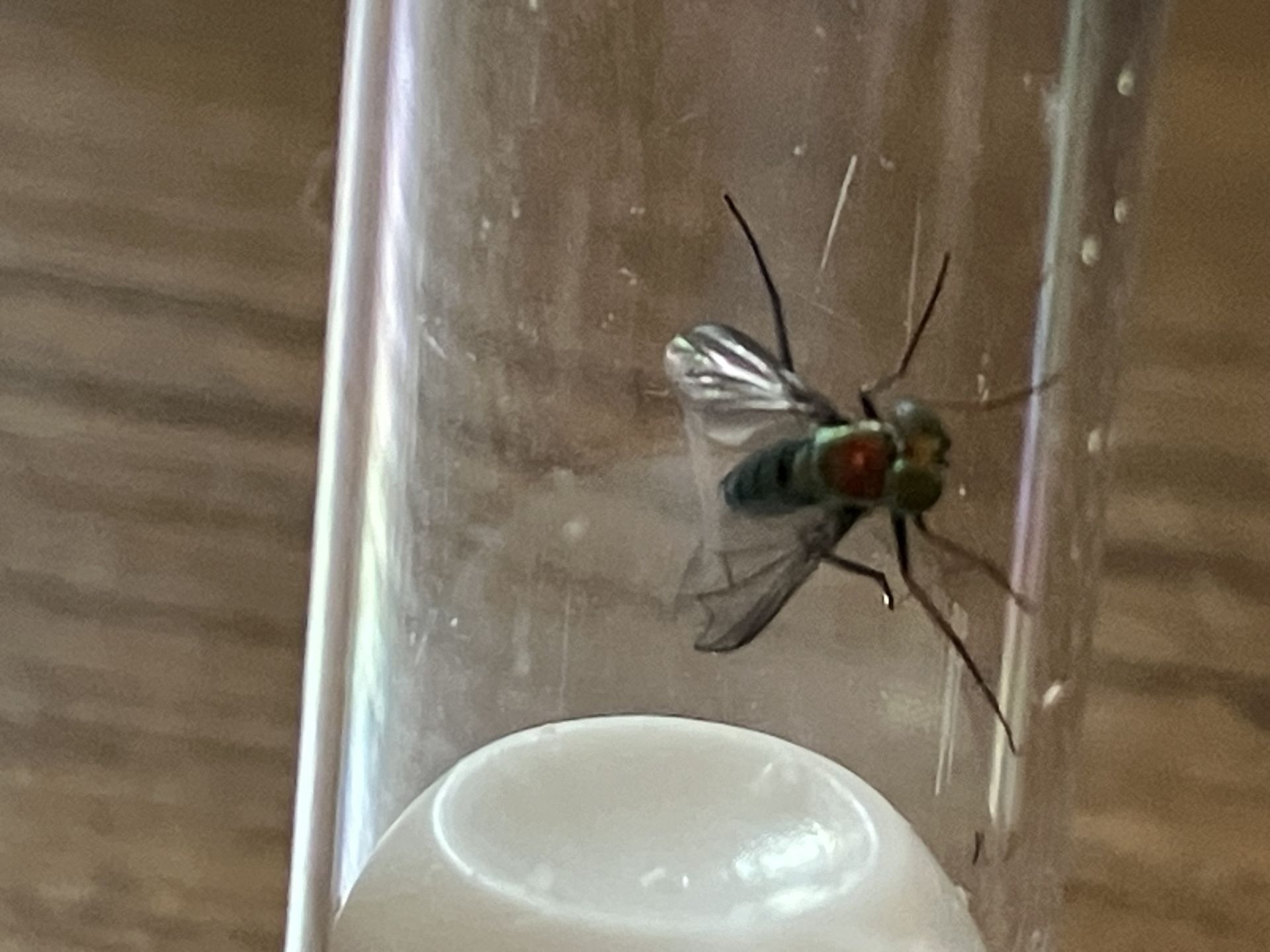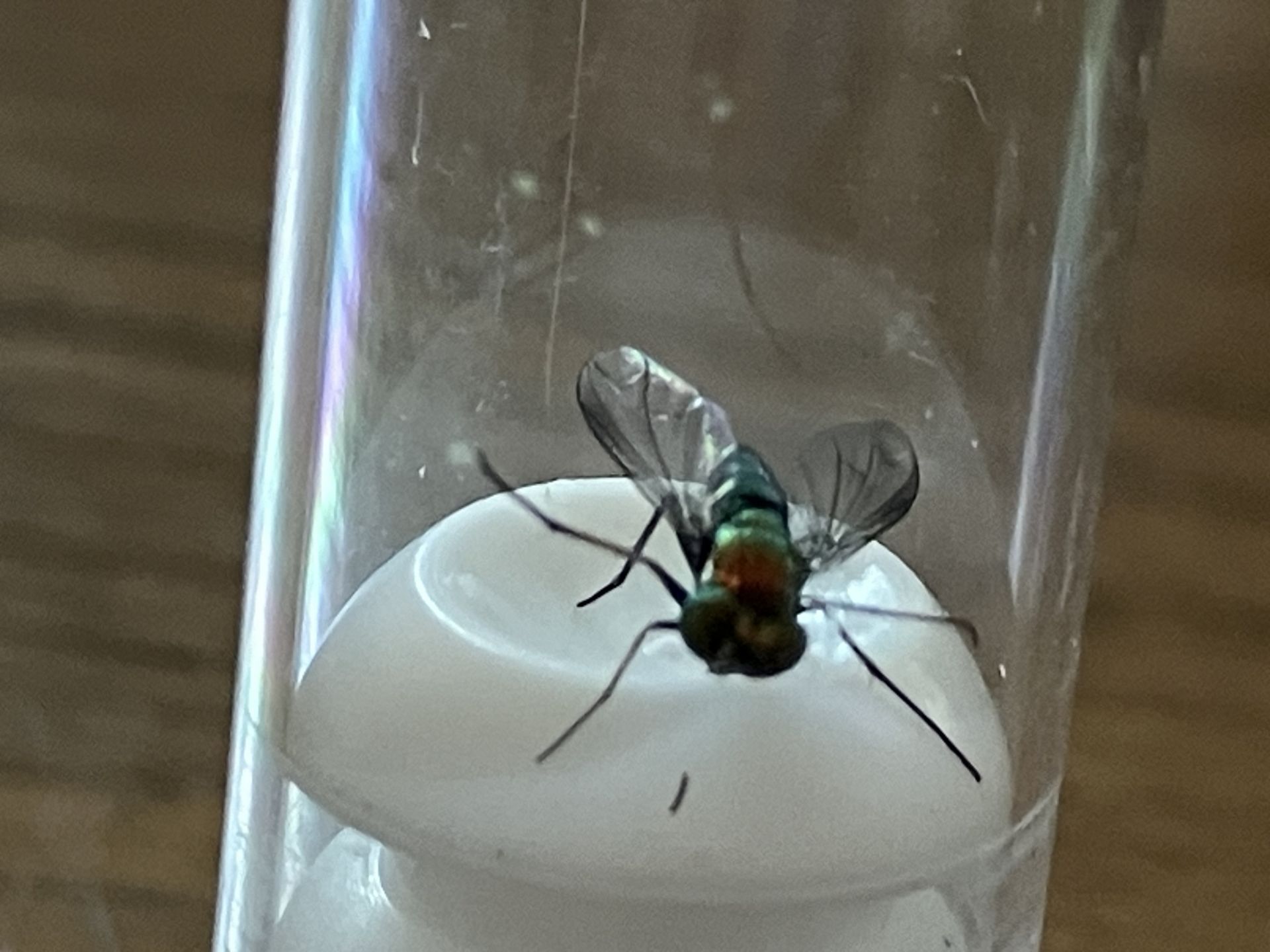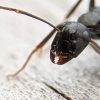



Condylostylus longicornis, a long-legged fly. predatory on small soft-bodied insects
will it eat small frozen flys? Also, is it rare or common?Condylostylus longicornis, a long-legged fly. predatory on small soft-bodied insects
the ants go marching
will it eat small frozen flys? Also, is it rare or common?Condylostylus longicornis, a long-legged fly. predatory on small soft-bodied insects
they will eat fruit flies or any small soft-bodied prey.
very common, pupates in soil, larvae predaceous scavengers
technically a type of near-robberfly, lifecycle much the same as in asilidae
Edited by mbullock42086, August 26 2024 - 1:01 PM.
Off-Topic →
General Off-Topic →
Pictures from 2018Started by Martialis , Feb 18 2019 |
|

|
0 members, 0 guests, 0 anonymous users